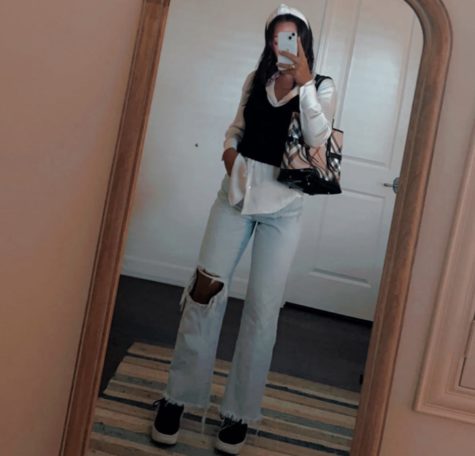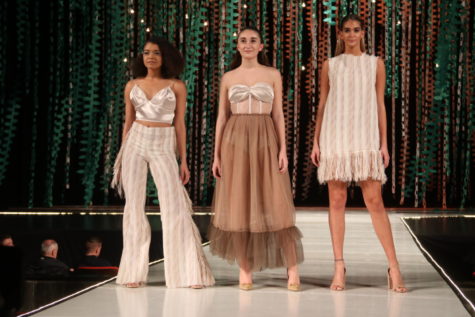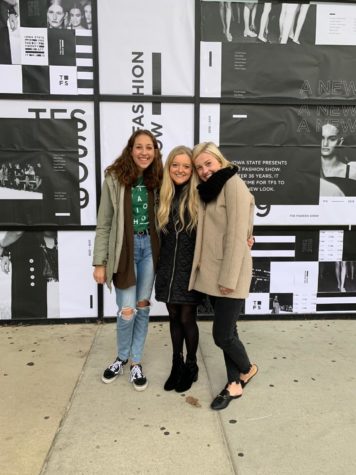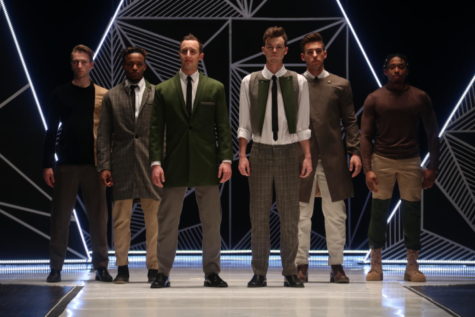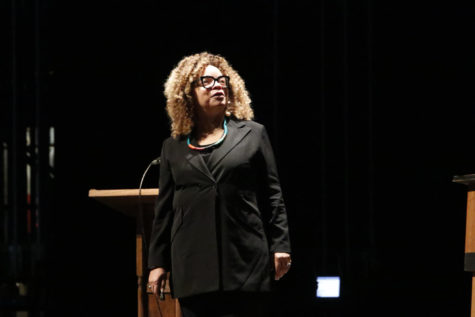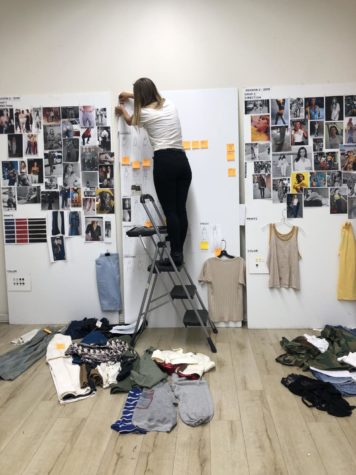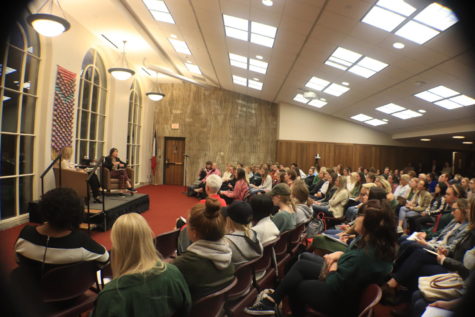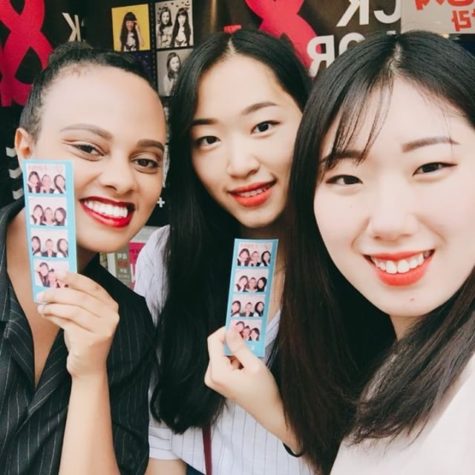‘The Fashionable Side of STEM’ exhibition features fashion
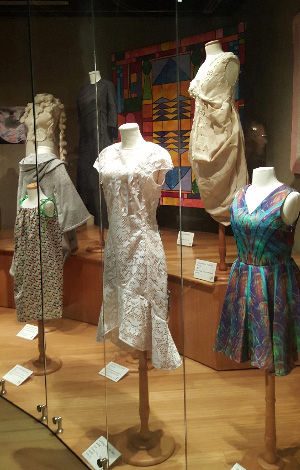
Camila Alarcón Cervante/Iowa State Daily
“The Fashionable Side of STEM” exhibition debuted Thursday at the Textiles and Clothing Museum at Mary Alice Gallery in 1015 Morrill Hall.
January 26, 2016
“The Fashionable Side of STEM” exhibition was inaugurated at the Textiles and Clothing Museum at Mary Alice Gallery in 1015 Morrill Hall at 3:30 p.m. Thursday.
The exhibition features examples from the Textiles and Clothing Museum Collection and contributions from apparel, merchandising and design program faculty and graduate students.
The event began with a welcoming and short introductions by co-curators Sara Marcketti, associate director of apparel, events and hospitality management, and Janet Fitzpatrick, senior lecturer in apparel, events and hospitality management.
This exhibition demonstrates how Science, Technology, Engineering and Mathematics (STEM) are used in the creation of dress; there are examples from 1890 and other pieces from the 21st century. Work includes examples of laser-cut motifs, digitally printed textiles and experimental techniques and materials.
From a simple dress to a coat with lights, technology has been part of the production of this apparel. As technology advances, fashion is becoming more elaborate and interesting, and wearable technology is becoming popular in the fashion industry. Wearable technology is not only used on accessories but also in fabrics that upgrade the performance in outerwear or sportswear.
Science has always played a part in the creation of textiles. As either a natural fiber or synthetic fiber, science will always be used to create fabrics used in apparel. Mathematics is integral in the apparel industry, as the Golden Ratio has been known as the universal constant of design.
Engineering is known as the work of designing and creating structures by using scientific methods. Pattern making and the creation of new structures for fitting in the apparel industry is indispensable. Programs such as Photoshop, Illustrator and Opti-Tex are used to create patterns, examine fit and create samples.
The exhibition will be open from Jan. 21 through March 11 at The Textiles and Clothing Museum.







